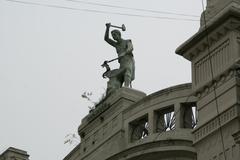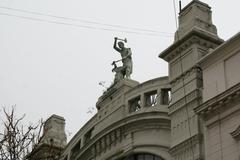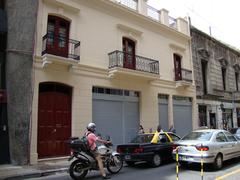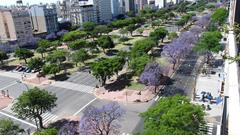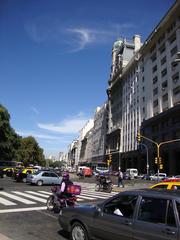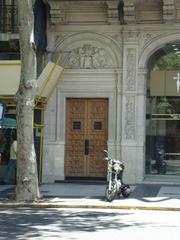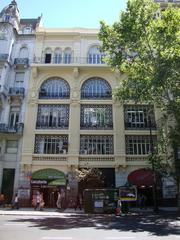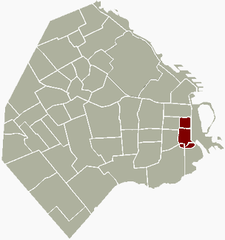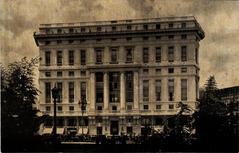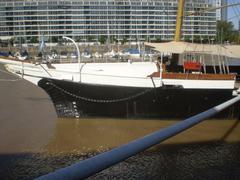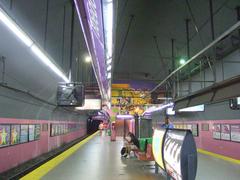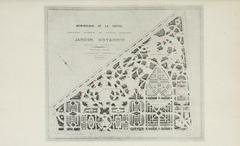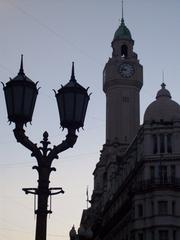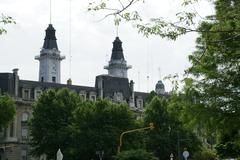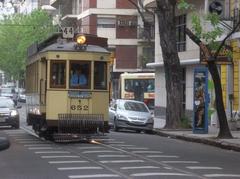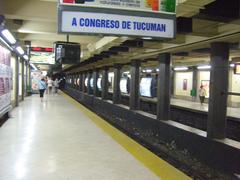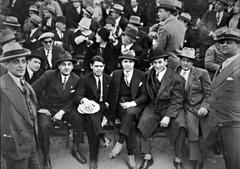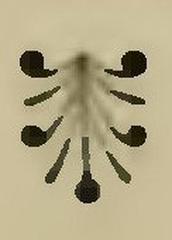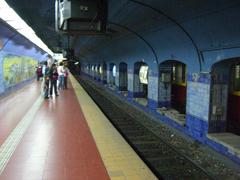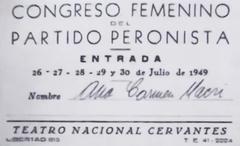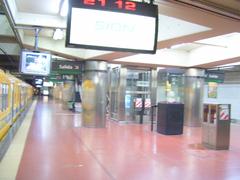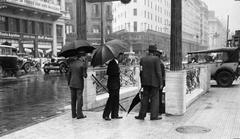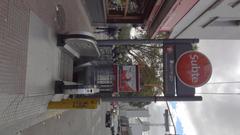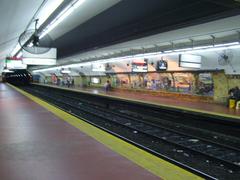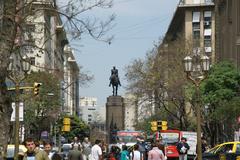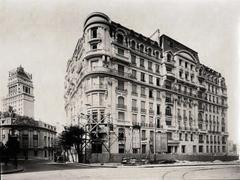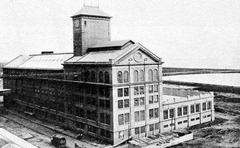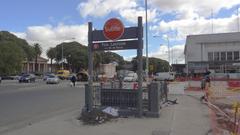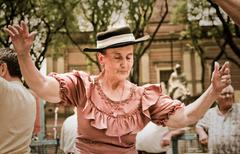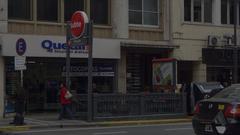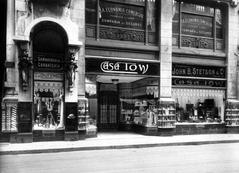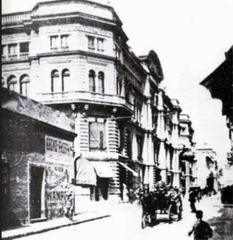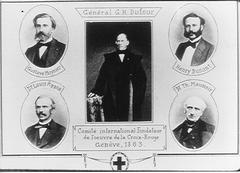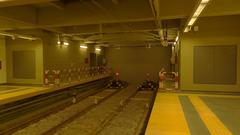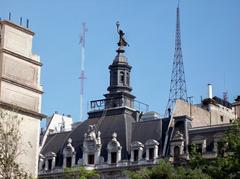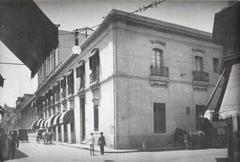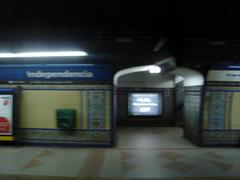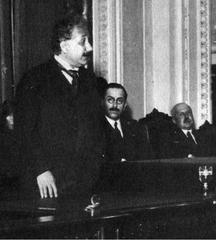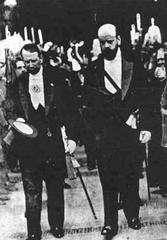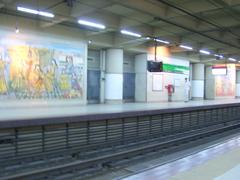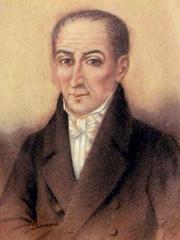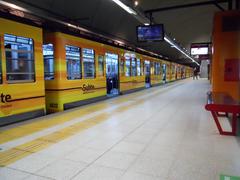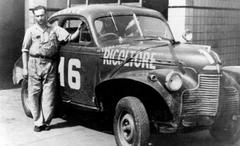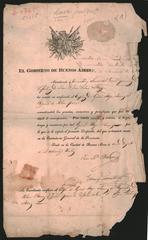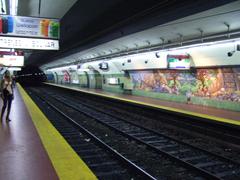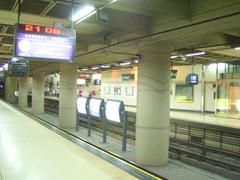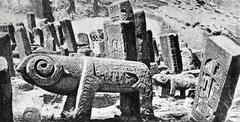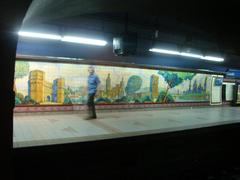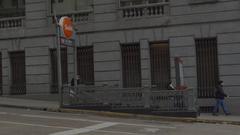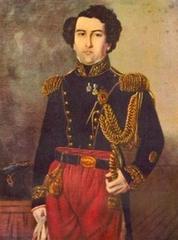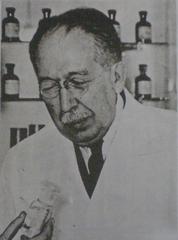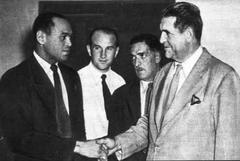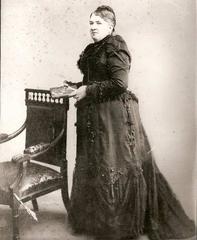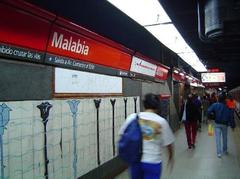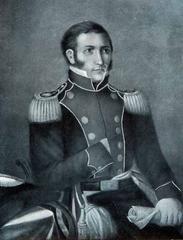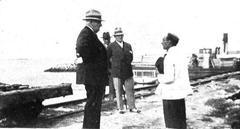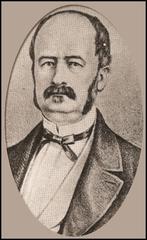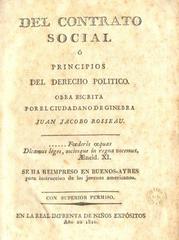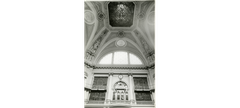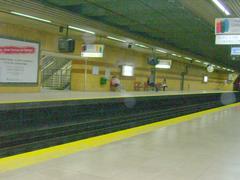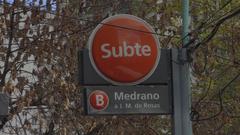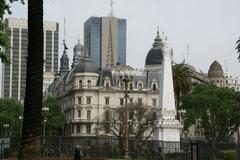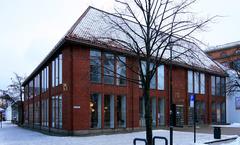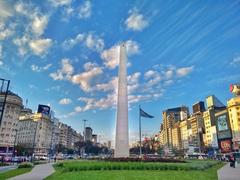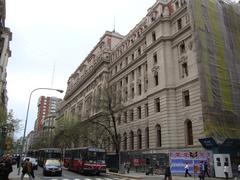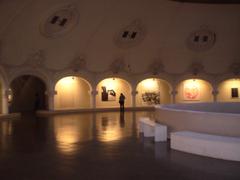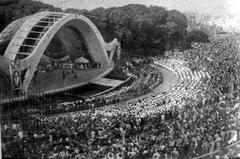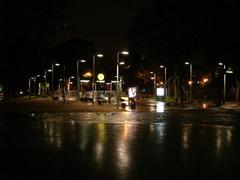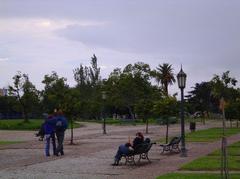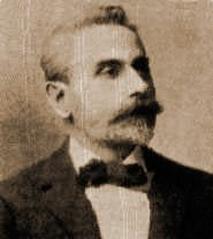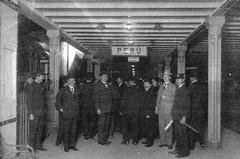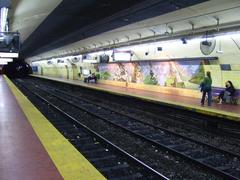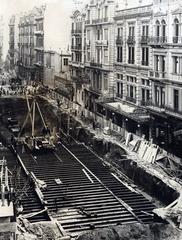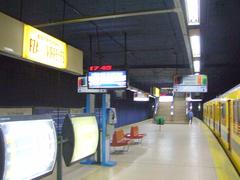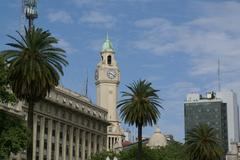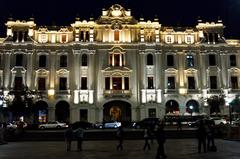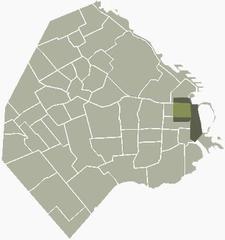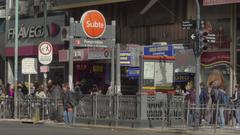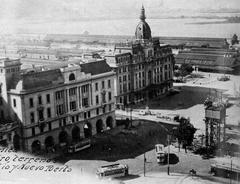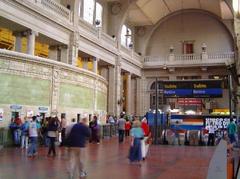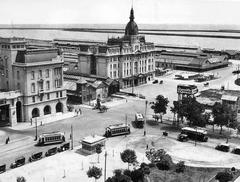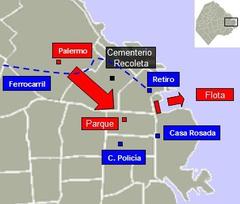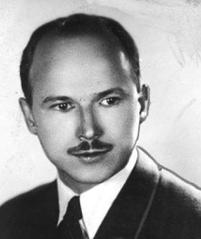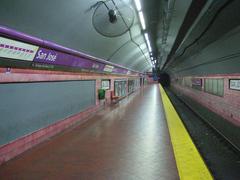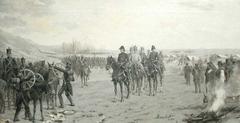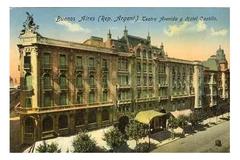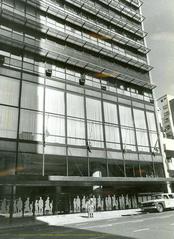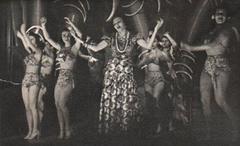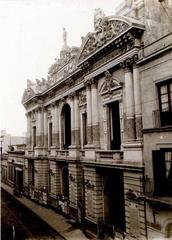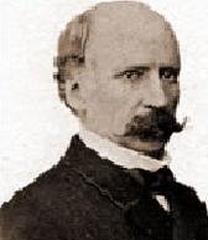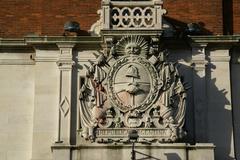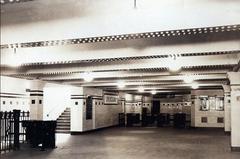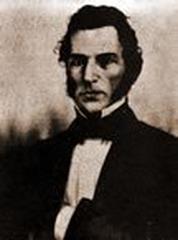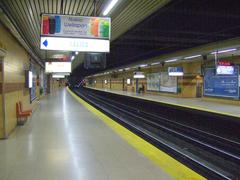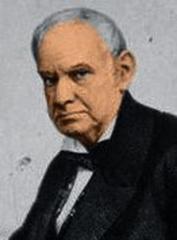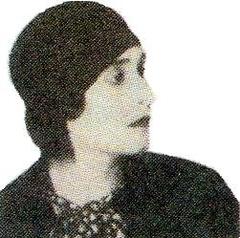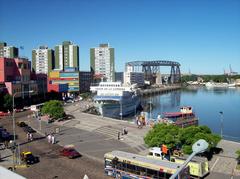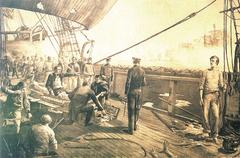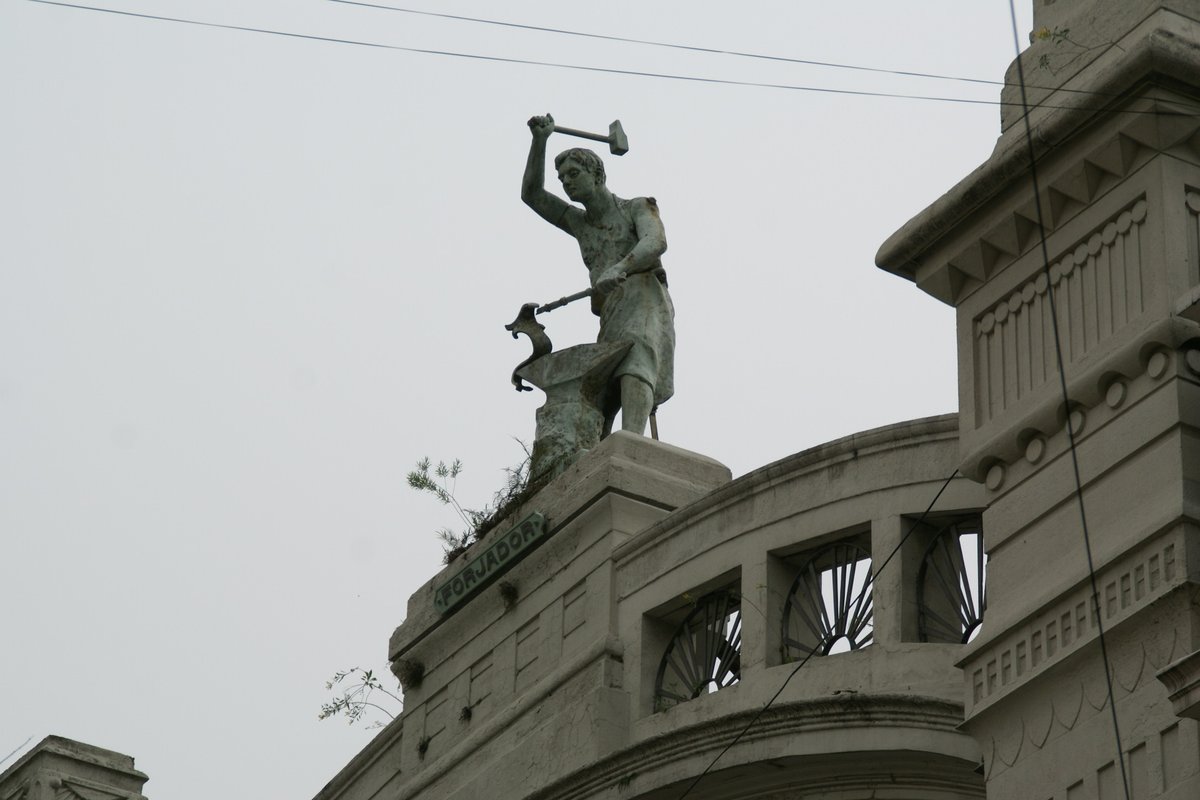
Visiting Hours, Tickets, and Historical Insights of Cabildo de Buenos Aires
Date: 17/07/2024
Introduction
The Cabildo de Buenos Aires is a prominent historical and cultural landmark located in the heart of Buenos Aires, Argentina. As a key witness to the city’s colonial past and a symbol of Argentina’s journey toward independence, the Cabildo offers a rich tapestry of history and architectural beauty. Originally constructed in the early 17th century, this building served as the seat of the municipal government during the colonial period and played a pivotal role in the May Revolution of 1810, which marked the beginning of Argentina’s fight for independence (Buenos Aires Ciudad). The Cabildo’s historical significance is matched by its architectural splendor, featuring a blend of colonial and neoclassical styles. Today, it houses the National Museum of the Cabildo and the May Revolution, which offers visitors a comprehensive overview of Argentina’s colonial history and revolutionary activities (Museo Nacional del Cabildo). This guide will provide you with detailed information on the Cabildo’s history, architectural evolution, visitor information, and practical tips to make your visit memorable and enriching.
Table of Contents
- Introduction
- Early Beginnings and Colonial Era
- Architectural Evolution
- Role in the May Revolution
- Post-Independence and Decline
- Restoration and Preservation Efforts
- Modern-Day Significance
- Notable Artifacts and Exhibits
- Visitor Information
- Travel Tips and Nearby Attractions
- FAQ
- Conclusion
Early Beginnings and Colonial Era
The Cabildo de Buenos Aires traces its origins back to the early 17th century. The initial structure was constructed in 1580, shortly after the second foundation of Buenos Aires by Juan de Garay. The Cabildo served as the seat of the municipal government during the colonial period, playing a crucial role in the administration and justice system of the city. The original building was a modest adobe structure, reflecting the limited resources and nascent state of the colony at the time.
Architectural Evolution
The Cabildo underwent several modifications and expansions over the centuries. The first major reconstruction occurred in 1725, when the building was expanded to include a second floor and a bell tower. This renovation aimed to accommodate the growing administrative needs of the city. The current façade, characterized by its whitewashed walls and arched galleries, was completed in 1764. The design reflects the Spanish colonial architectural style, with influences from Baroque and Neoclassical elements. The bell tower, a prominent feature of the Cabildo, was added in 1765 and has since become an iconic symbol of the building.
Role in the May Revolution
The Cabildo de Buenos Aires played a pivotal role in the May Revolution of 1810, a series of events that led to the independence of Argentina from Spanish rule. On May 25, 1810, a significant open cabildo (a public meeting) was held at the Cabildo, where the citizens of Buenos Aires demanded the resignation of the Spanish viceroy and the establishment of a local government. This event marked the beginning of the Argentine War of Independence. The Cabildo became the epicenter of revolutionary activities, and its halls witnessed the birth of the Primera Junta, the first independent government of Argentina. The May Revolution is commemorated annually, and the Cabildo remains a symbol of Argentine independence and national pride.
Post-Independence and Decline
Following Argentina’s independence, the Cabildo continued to serve as a government building, housing various administrative offices. However, its significance gradually diminished as new government buildings were constructed. In the late 19th century, the Cabildo fell into disrepair and faced the threat of demolition. In 1880, the building was partially demolished to make way for the widening of Avenida de Mayo, a major thoroughfare in Buenos Aires. The remaining structure was preserved due to its historical importance, but it continued to deteriorate over the years.
Restoration and Preservation Efforts
In the early 20th century, efforts to restore and preserve the Cabildo gained momentum. In 1933, the building was declared a National Historic Monument, recognizing its cultural and historical significance. Extensive restoration work was carried out in the 1940s and 1950s to restore the Cabildo to its former glory. The restoration aimed to preserve the original architectural features while making necessary structural repairs. Today, the Cabildo houses the National Museum of the Cabildo and the May Revolution, which showcases artifacts and exhibits related to the history of the building and the revolutionary period.
Modern-Day Significance
The Cabildo de Buenos Aires remains a vital cultural and historical landmark in the heart of Buenos Aires. It stands as a testament to the city’s colonial past and its journey towards independence. The building is a popular tourist attraction, drawing visitors from around the world who come to explore its rich history and architectural beauty. The museum within the Cabildo offers a comprehensive overview of the building’s history, including exhibits on the May Revolution, colonial administration, and the architectural evolution of the Cabildo. The Cabildo also hosts various cultural events and educational programs, further cementing its role as a center of historical and cultural significance in Buenos Aires.
Notable Artifacts and Exhibits
The National Museum of the Cabildo and the May Revolution houses a diverse collection of artifacts that provide insights into the history of Buenos Aires and Argentina. Notable exhibits include original documents from the May Revolution, colonial-era furniture, and paintings depicting significant events in Argentine history. One of the most prized artifacts is the original bell from the Cabildo’s bell tower, which rang out during the May Revolution. The museum also features interactive displays and multimedia presentations, offering visitors an engaging and immersive experience.
Visitor Information
The Cabildo de Buenos Aires is located at Bolívar 65, in the historic center of Buenos Aires, near the Plaza de Mayo. The museum is open to the public from Tuesday to Friday, 10:30 AM to 5:00 PM, and on weekends and holidays from 11:30 AM to 6:00 PM. Admission is free, although donations are welcome to support the ongoing preservation efforts. Guided tours are available in both Spanish and English, providing visitors with in-depth knowledge of the building’s history and significance. The Cabildo is easily accessible by public transportation, with several bus and subway lines serving the area. For more information, visitors can check the official website.
Travel Tips and Nearby Attractions
When planning your visit to the Cabildo de Buenos Aires, consider the following tips:
- Early Arrival: To avoid crowds, try to visit early in the day, especially on weekends and holidays.
- Nearby Attractions: The Cabildo is located near several other historical sites, including the Plaza de Mayo, the Metropolitan Cathedral, and the Casa Rosada. Consider combining these attractions for a full day of exploration.
- Photography: The Cabildo offers numerous photographic spots. The façade, bell tower, and interior galleries provide excellent opportunities for capturing stunning images.
- Special Events: Check the museum’s calendar for special events, temporary exhibits, and cultural programs that may be taking place during your visit.
FAQ
- What are the visiting hours of Cabildo de Buenos Aires? The museum is open from Tuesday to Friday, 10:30 AM to 5:00 PM, and on weekends and holidays from 11:30 AM to 6:00 PM.
- Is there an entry fee for Cabildo de Buenos Aires? Admission is free, but donations are welcome to support preservation efforts.
- Are guided tours available? Yes, guided tours are available in both Spanish and English.
- How can I reach the Cabildo by public transportation? The Cabildo is easily accessible by several bus and subway lines. Check local transit maps for the best route.
Conclusion
The Cabildo de Buenos Aires stands as a monument to the city’s rich history and its pivotal role in Argentina’s journey to independence. From its early beginnings as a modest colonial building to its central role in the May Revolution and its preservation as a national historic monument, the Cabildo embodies the spirit of Buenos Aires and its people. Today, it continues to educate and inspire visitors, offering a window into the past and a deeper understanding of Argentina’s cultural heritage. Be sure to plan your visit and explore this iconic historical site.
References
- Buenos Aires Ciudad. (n.d.). Cabildo de Buenos Aires. https://www.buenosaires.gob.ar
- Museo Nacional del Cabildo. (n.d.). Museo Nacional del Cabildo y la Revolución de Mayo. https://cabildonacional.cultura.gob.ar
